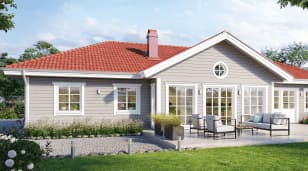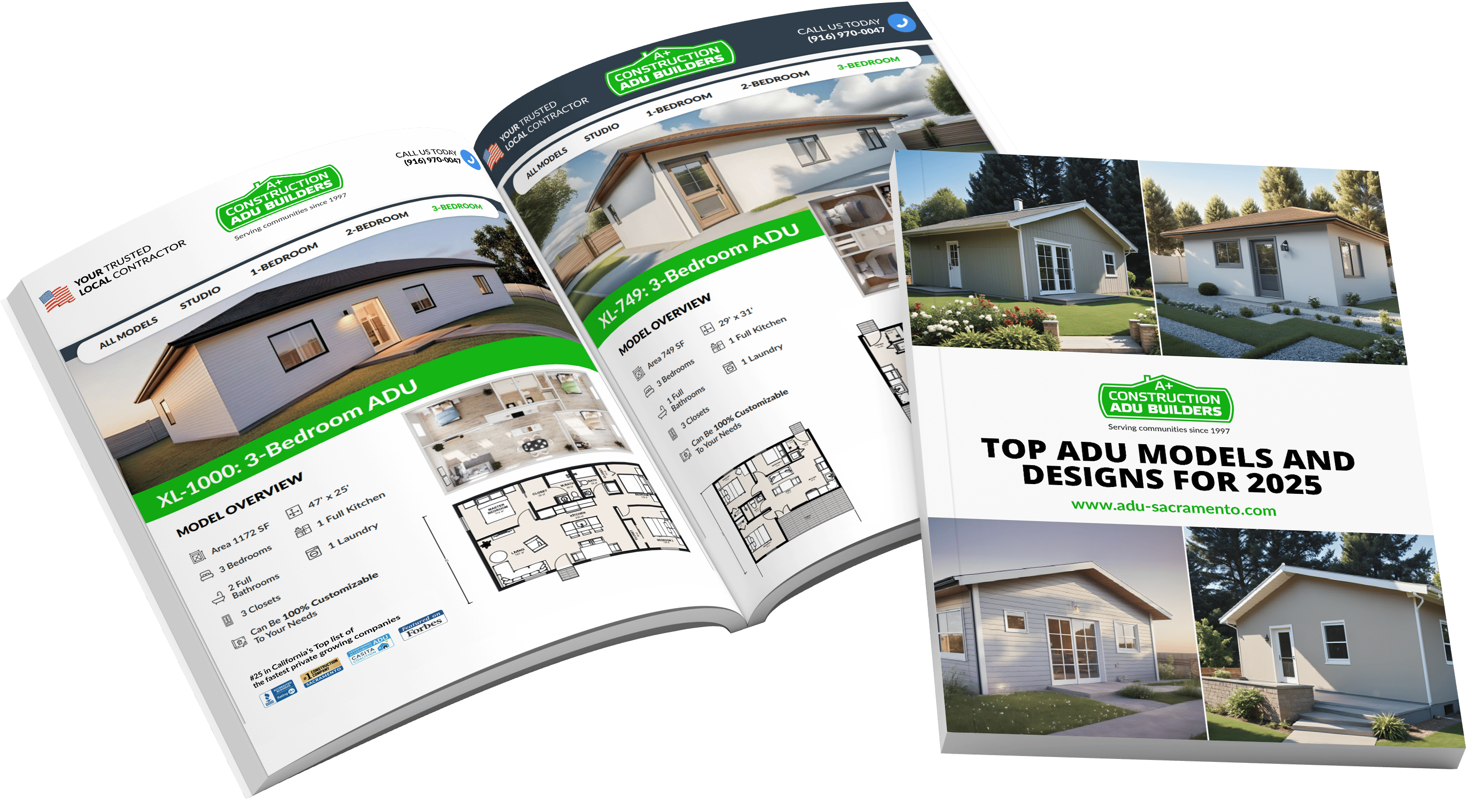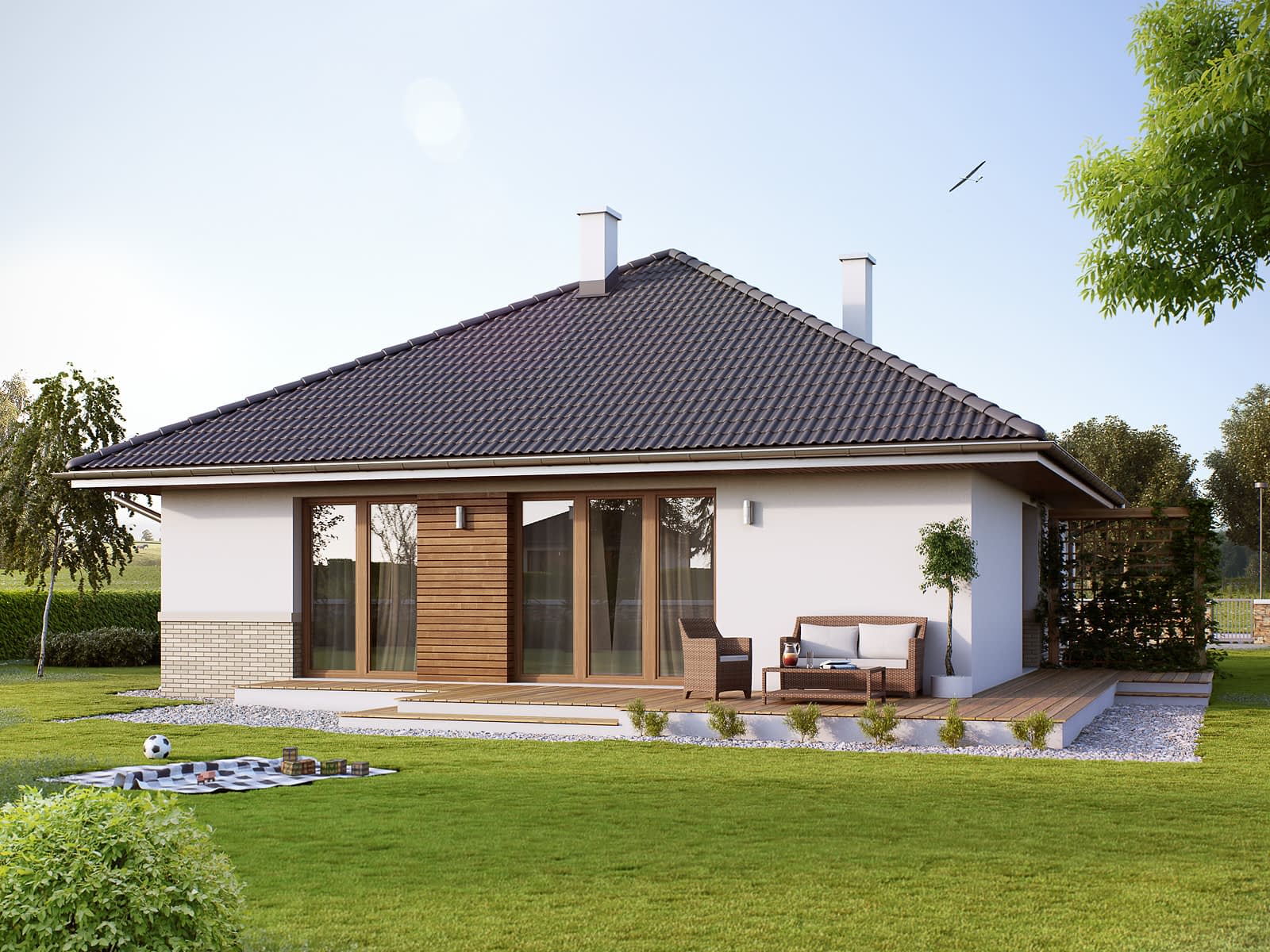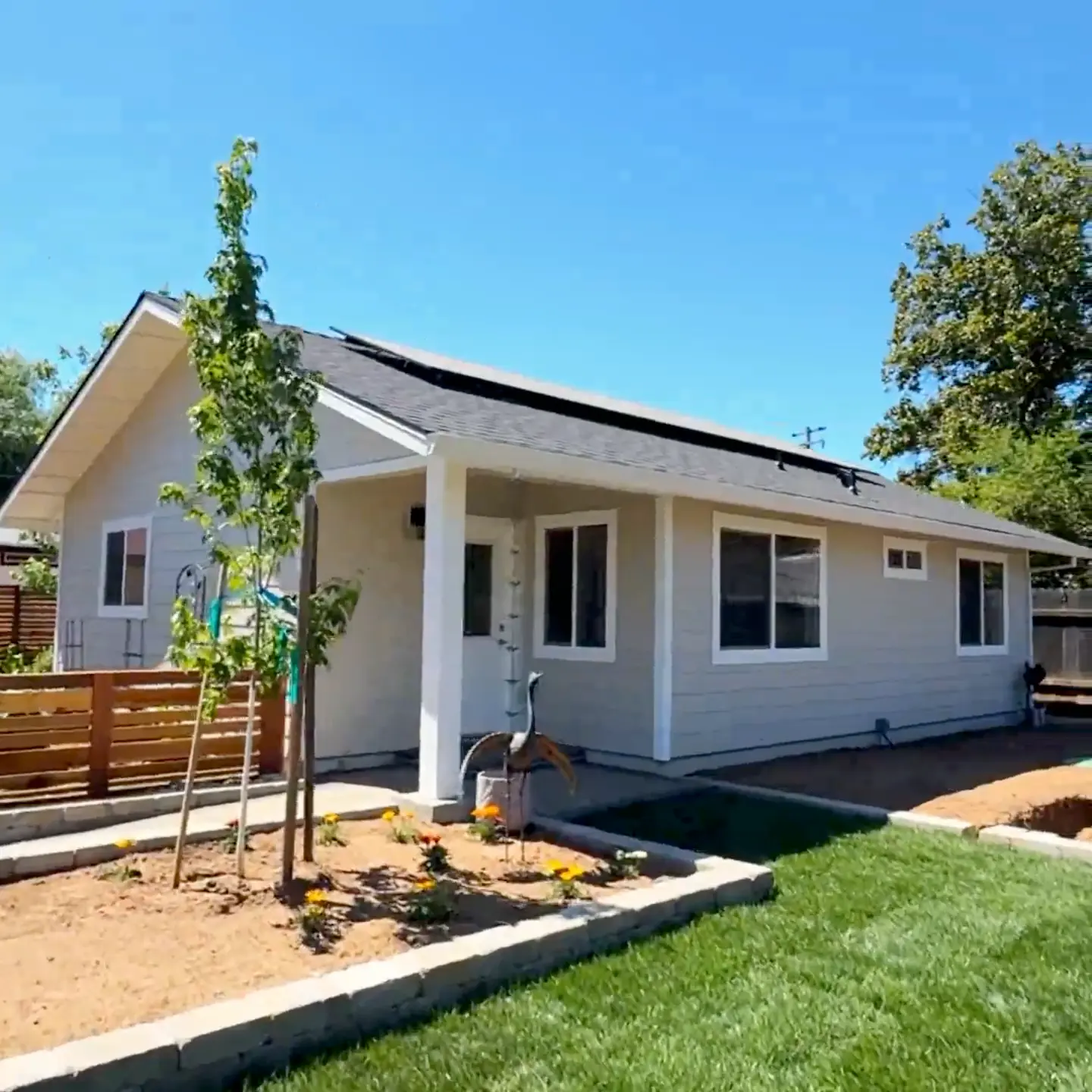





A link to download your FREE brochure will be in your inbox in 3 minutes



















The final price may vary based on project specifics.
To get a free accurate quote tailored to your needs, book a consultation with us today!

The price per square foot provided is an average and may vary depending on project-specific details such as materials, location, complexity, and other factors. Actual costs may differ from the average provided.
It is recommended to obtain a detailed quote based on the specific requirements of your project.

Please note that the monthly payment displayed on this page is an estimate and is subject to variation based on the selected loan product, applicants credit score, loan amount, and other financial details. Actual monthly payment may differ from the estimate provided.
It is recommended to seek advice from a financial advisor or loan officer to obtain precise payment information tailored to individual circumstances.
 Your Trusted
Local Contractor
Your Trusted
Local Contractor
Imagine you’re on a moonlit stroll, the comforting whisper of a gentle breeze nudging you along. As you walk, your eyes trace the silhouettes of your dream accessory dwelling unit (ADU) casting enchanting shadows in your backyard. A warm haven for family and friends, or perhaps a charming corner with the potential to weave a tapestry of passive income through rentals. You’re not alone in this dream.
Yet, the daunting labyrinth of financing an ADU stands in your path. Fear not, for I’m here, your faithful guide, to illuminate your journey. So, lace up your boots; we’re about to venture deep into the maze of ADU financing!
The financial terrain is strewn with numerous factors, each a potential pitfall or stepping stone. Here are seven pivotal checkpoints you’ll encounter:
This is the backbone of your financial expedition. Factors like increased property value, income, and credit scores sculpt homeowner’s borrowing power, capacity and path ahead.
The allure of a low-interest rate is tempting but look beyond the mirage. The choice between fixed or variable can influence the course of your financial odyssey.
The journey to an ADU isn’t a race; it’s a long trek. Considering your loan’s duration is crucial as longer terms mean smaller monthly burdens but potentially steeper interest accumulations.
Hidden within the shadows of the loan contract, these costs can add to the weight of your financial backpack. Always factor them into your journey’s expenses.
An ADU isn’t just an extension; it’s an investment – read more about here – https://aplusconstructionremodeling.com/adu-builders/. This step lets you borrow based on the future value of your home and significantly enhances your property’s worth and spin the wheel of extra income.
Don’t be blinded by the glitter of future returns. Always measure your ability to balance interest payments alongside existing financial commitments.
Comfortable with wagering your home? Recognizing your risk appetite is vital in choosing a financing path you can tread with confidence.
Navigating the ADU funding landscape might feel like steering a ship through a tumultuous sea.
But, take heart! Below are the top 5 paths, each one guiding you towards your ADU dreams.
This second mortgage is the stepping stone to your in-law apartments. These loans let many homeowners borrow against their home’s equity, transmuting it into a resource for your dream. A reverse mortgage allows homeowners 62 and older to convert some of the equity in their homes into tax-free money without having to make any payments or rentals.
As financial winds shift, refinancing paths enable homeowners to alter their mortgage terms in a single loan, capitalizing on their home’s increased value. This option will allow you to combine your first mortgage with the funds necessary to complete construction, but this initial mortgage again necessitates that you have some equity in your home.
The path of a construction loan fuels your granny flat project from inception to completion, providing financial sustenance matching the pace of the project, reducing financial strain as your dream takes form.
This path stitches the project cost of ADU construction into your existing mortgage, simplifying payments while leveraging your home’s future worth.
If your credit score sparkles, an unsecured personal loan can be a potential path, offering a financial boost without risking your home as collateral.
Unraveling the map of ADU financing is like unlocking a treasure chest, brimming with routes, each with their distinct characteristics and potential rewards.
Imagine your home as a treasure trove, hiding a significant resource: home built up equity. This latent reserve can be tapped through a home equity loan, or a line of credit, morphing a part of your home’s worth into liquid capital. But remember, this road comes with its perils, namely the risk of using your home as collateral.
Refinancing is another beacon in the storm. Much like a seasoned captain adjusting the sails to the changing winds, homeowners can alter their mortgage terms. Most cash-out refinances let you trade your existing mortgage for a new, larger one, providing extra cash to finance your ADU project. Beware, though, of potential reefs like increased interest and closing costs.
For those who hear symphonies in the rhythm of hammers and saws, construction mortgage loans can be your perfect companion, supporting your ADU construction voyage. Yet, much like a ship needs a sturdy hull, ensure your credit score can weather the waves.
The age-old adage, “money makes the world go ’round,” is especially true when financing an ADU. How many years’ income is required, you may wonder? Much like a bespoke suit tailored to fit you, the answer depends on various factors – your financial health, existing debts, and the specific requirements of loan programs.
In the eyes of the California Housing Finance Agency and local housing authorities, a general rule of thumb is that your household income should be sufficient to cover the monthly payments of the ADU loan and other debts while still having enough left for essential expenses. The exact number of years’ income required may vary depending on the loan type, interest rates, and the future values of the ADU, among other factors. Remember, each loan is like a unique melody, and you’ll need to find the one that harmonizes with your financial symphony.
Beyond what’s charted, the vast sea of ADU financing options extends further. Home equity lines of credit, renovation loans, and even personal loans may provide alternative routes to your detached single-family home. However, don’t forget to account for the often-overlooked costs such as permitting costs and general contractor fees.
The goal is not merely building an ADU, but to craft a future haven without capsizing your financial ship.
Building an ADU is more than just a construction endeavor; it’s an investment in the future, a testament to affordable housing, and a celebration of the homeowner’s empowerment. With the right financial compass, your dream ADU is within your reach. Here’s to a voyage that leads you to your desired destination. Set sail, your dream ADU is on the horizon!
Indeed! While initial ADU costs may seem like towering waves, an accessory dwelling unit helps, generating steady rental income, higher property values, saving money for a down payment, and many other financial benefits.
Certain accounts do permit withdrawals for home renovation projects, including ADU projects. However, consider the impact on your retirement plans and potential tax consequences.
Absolutely! Renovation loans can fold the ADU construction cost into your primary mortgage, simplifying payments and leveraging home’s value for most homeowners.
Cash-out refinance involves replacing your current mortgage with a larger one and taking the difference in cash. You can channel this towards your ADU project.
A home equity loan provides a lump-sum payment with fixed interest rates, while a home equity line of credit offers variable interest rate. Both are based on your home’s equity.
Accessory dwelling units increase property value by adding usable square footage, potential rental income, and enhancing the overall appeal of your property.

Get a First Look at Real ADU Projects